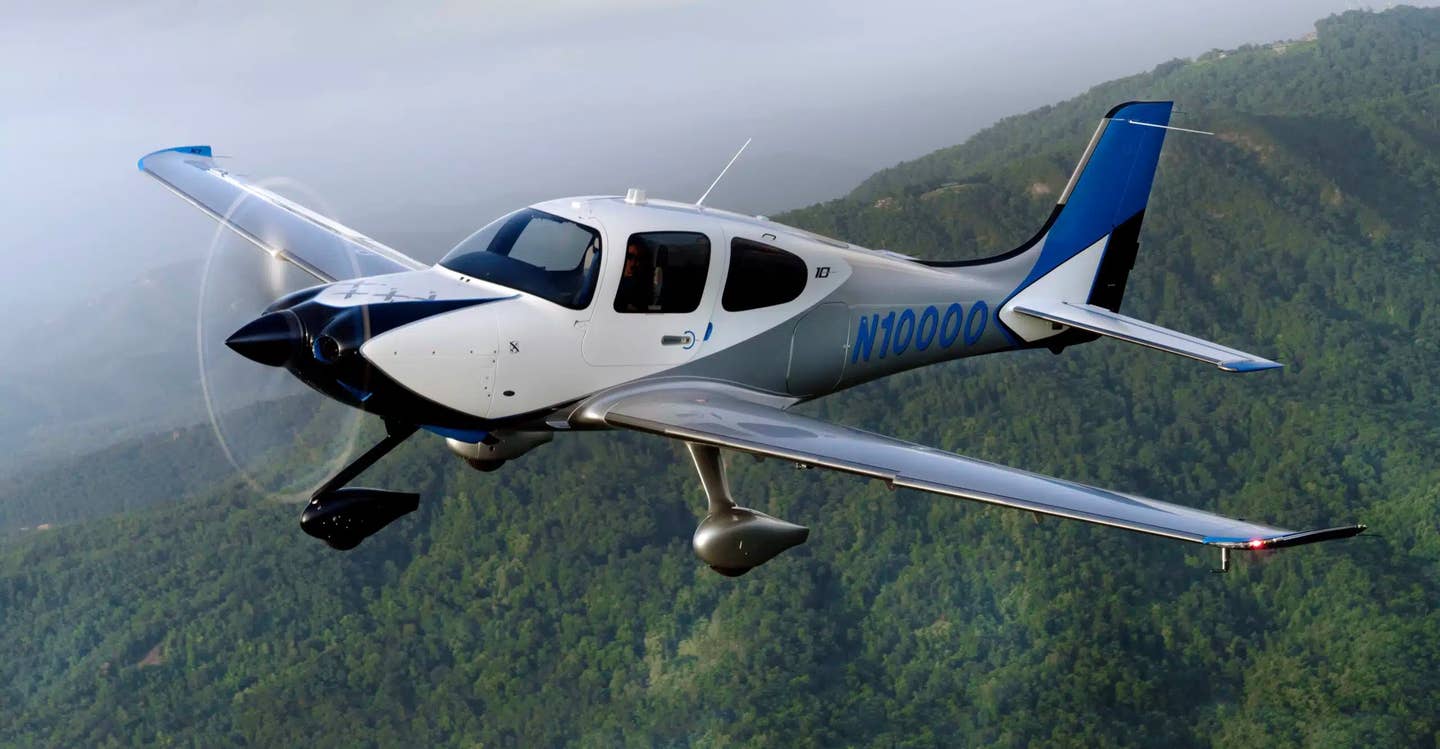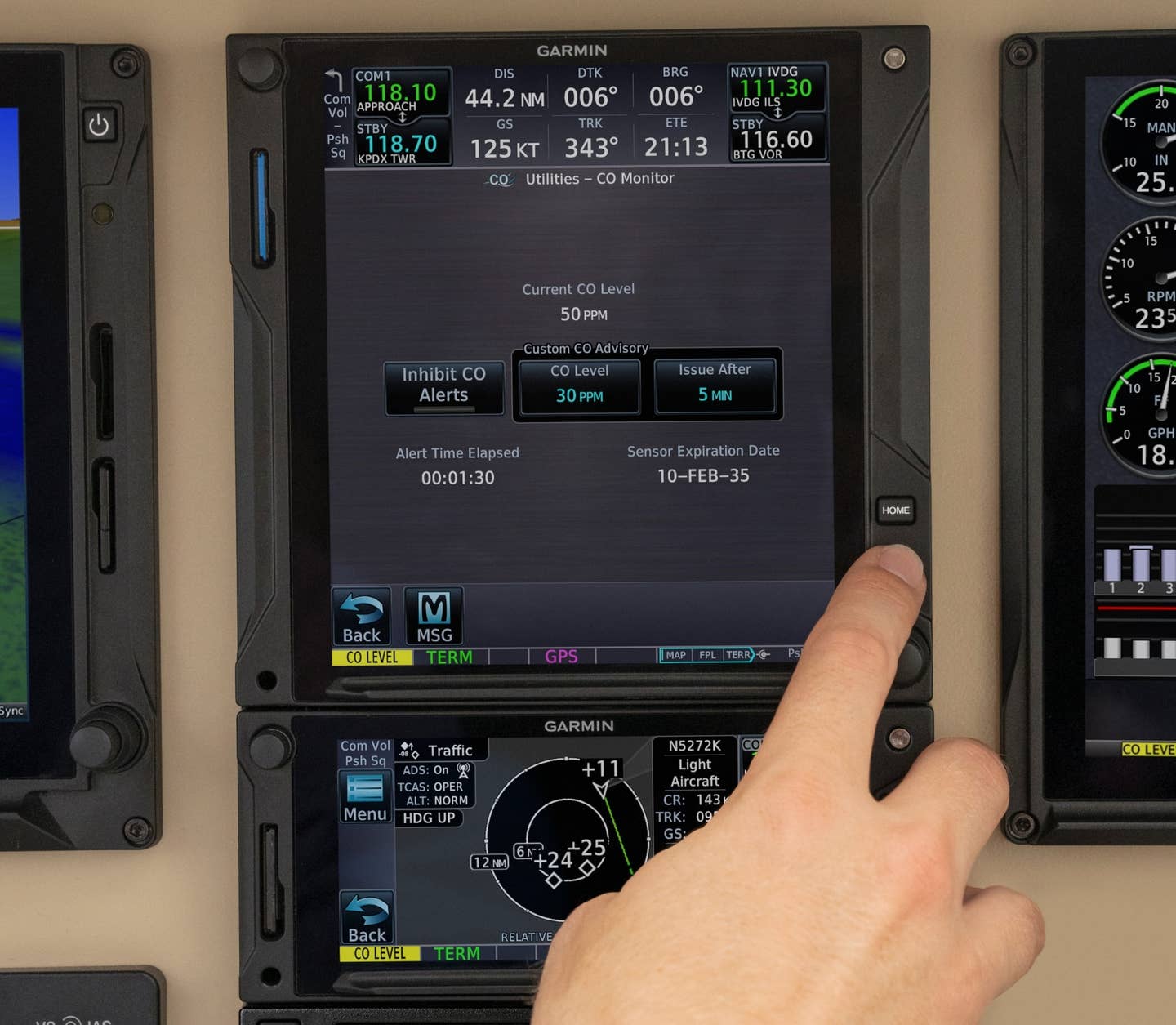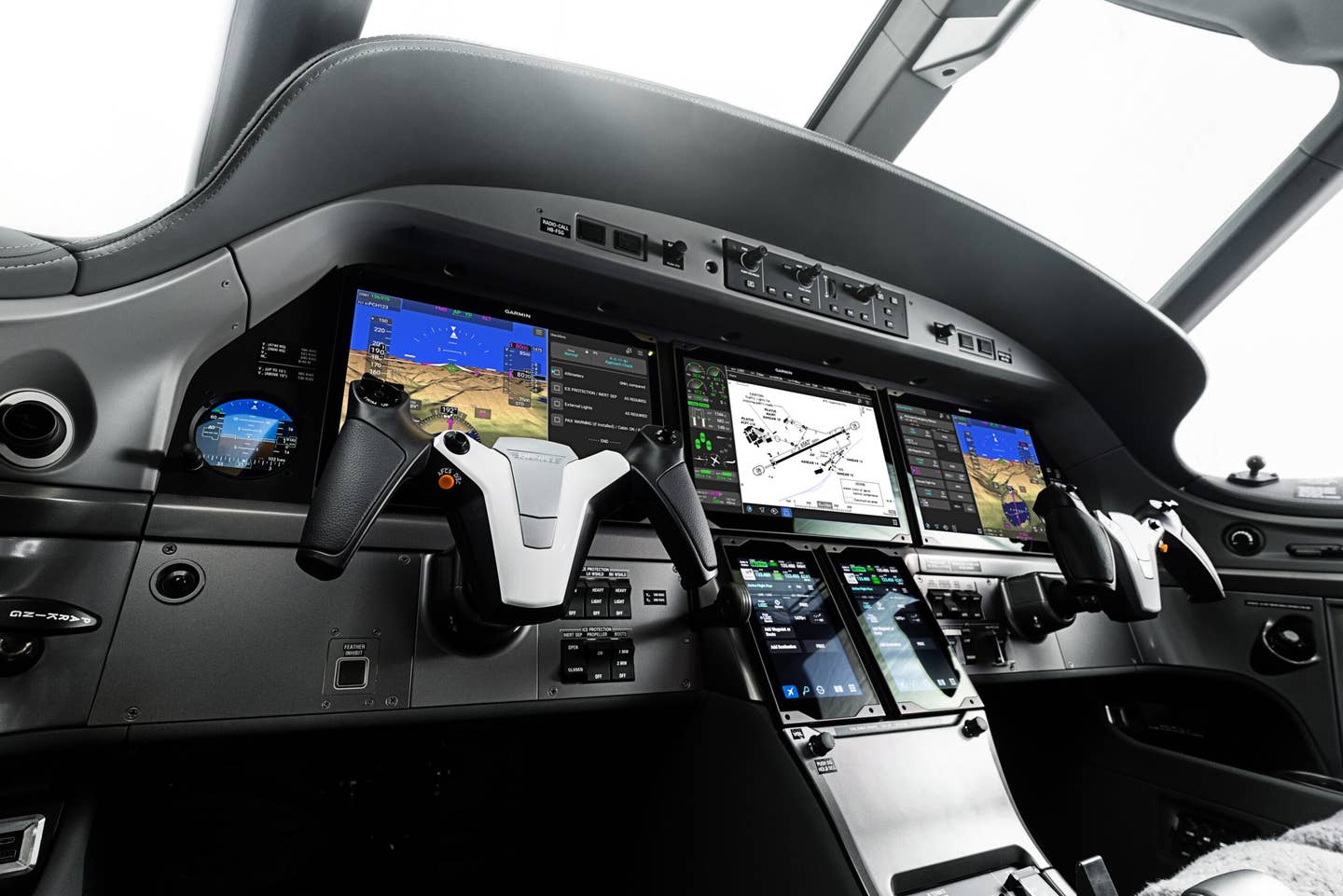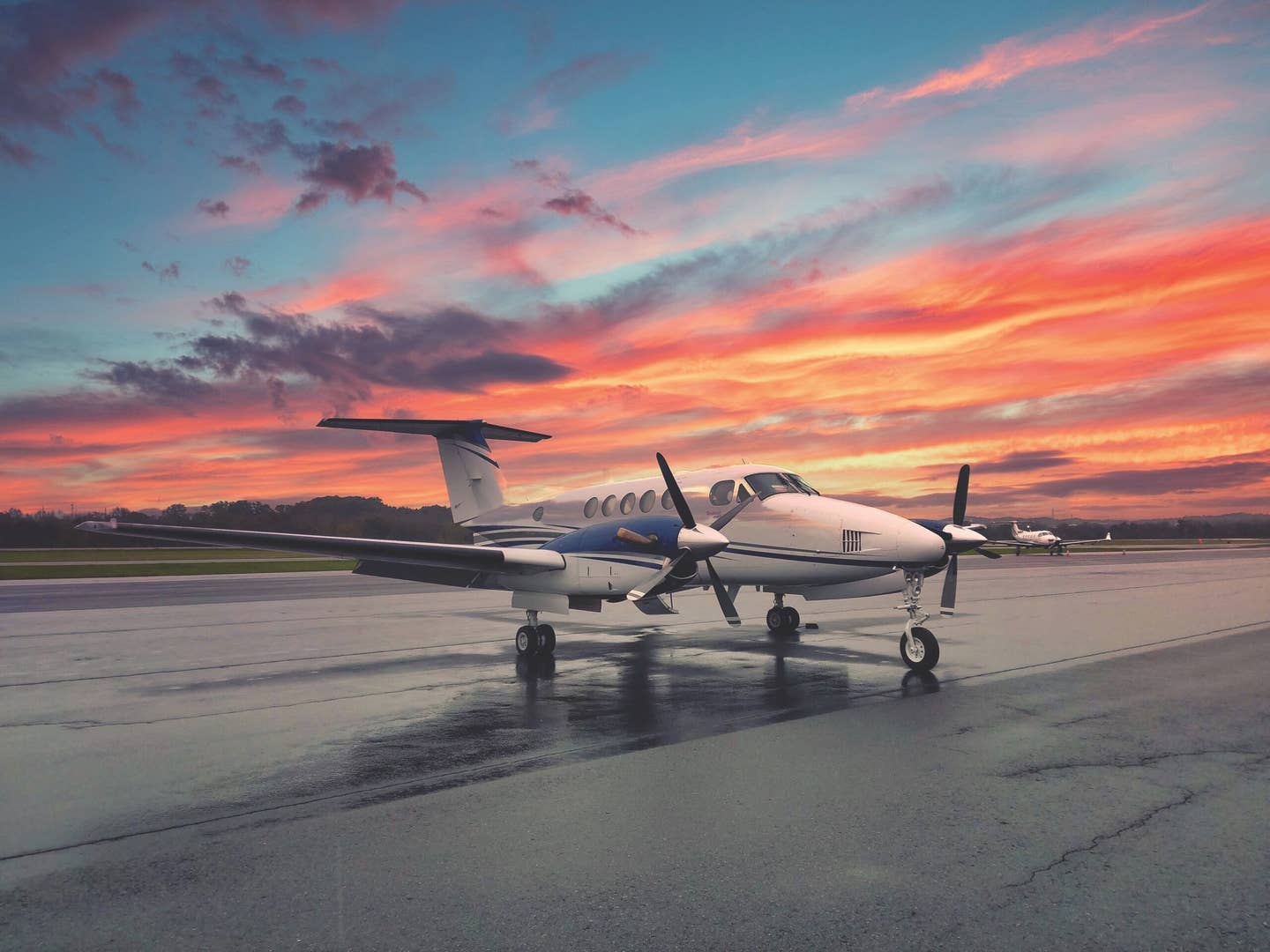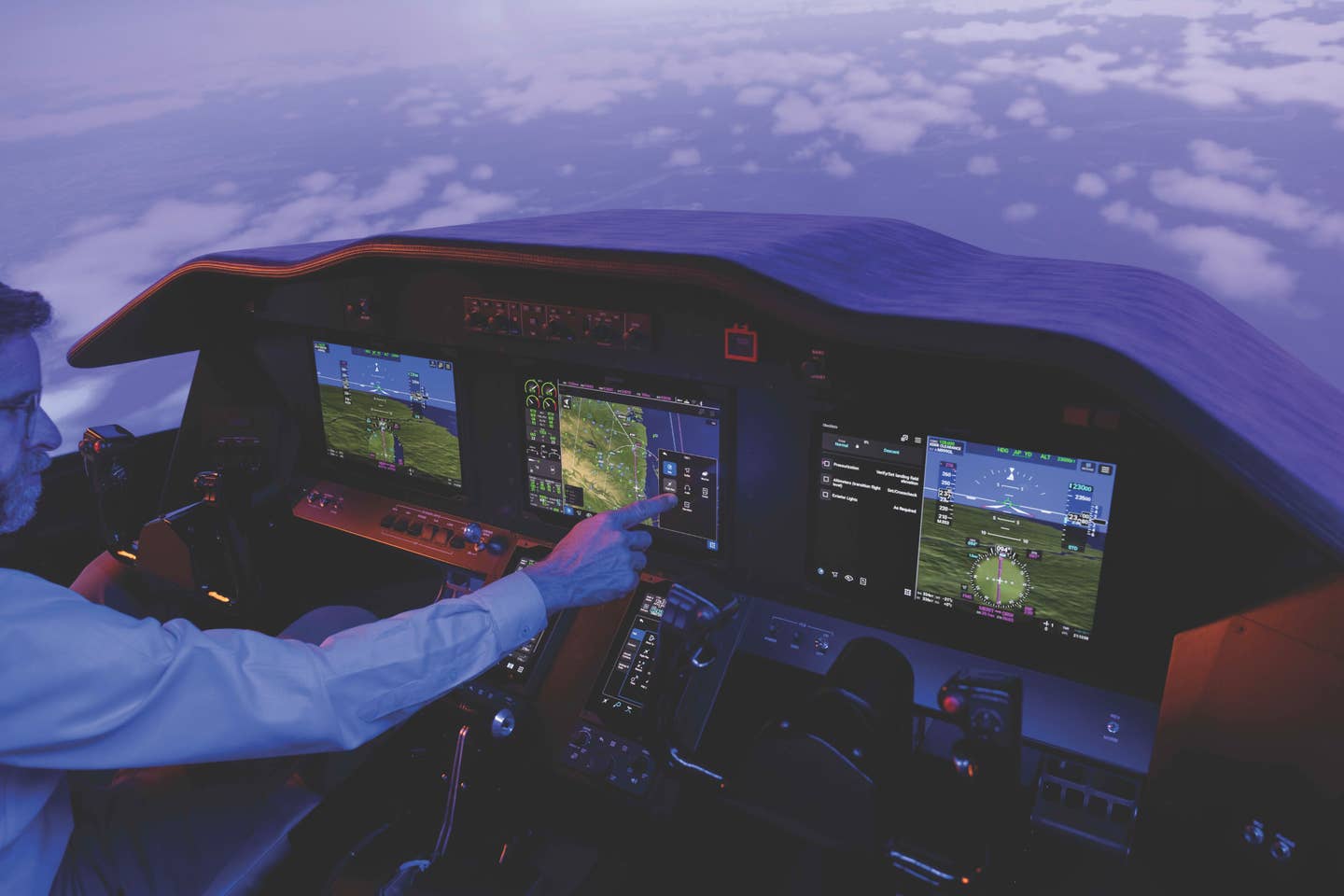AEA Reports More Than $1.7 Billion in Avionics Sales in 2021
Five quarters in a row of growth in the avionics market illustrate the recovery of general aviation following 2020.
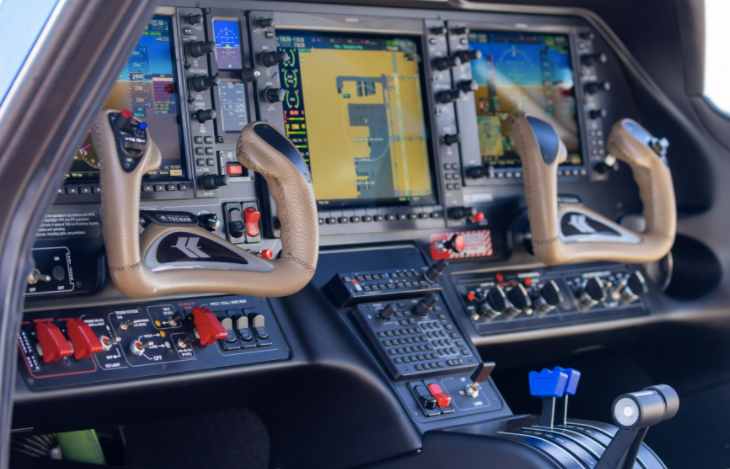
New aircraft sales, including the Tecnam P2012 Traveller, have driven avionics sales in the forward-fit category. Stephen Yeates
Before the Aircraft Electronics Association debuted its first Avionics Market Report in 2012, the true scope of this market remained a bit of a mystery.
But anyone who has owned a general aviation aircraft—or operated one for business—understands the amount of change we’ve seen in the front office over the history of personal flying. And certainly over the past 10, 20, 30 years.
AEA released its report update for the third quarter of 2021 on Wednesday, and it demonstrates the health of the overall market for GA aircraft, and that for avionics upgrades and new OEM-installed equipment in particular.
In the first nine months of the year, worldwide business and general aviation avionics sales totaled more than $1.7 billion, as reported by the companies that participate in the report, according to AEA.
Of this, about $945.5 million came under retrofit installations, and $816 million from forward-fit, as reported by the manufacturers of new aircraft.
The amounts represent an increase of 5.4 percent against the first nine months of 2020—not a big surprise—and a 1.8 percent increase over the second quarter of 2021. In fact, the totals marked the fifth consecutive quarter of increasing sales.
The third-quarter sales alone were 15.8 percent higher than the third quarter of 2020.
The split between retrofit and forward-fit has remained stable over the past year, with 53.7 percent in retrofit sales, and 46.3 percent in forward-fit dollars. About 75 percent of sales come from the U.S. and Canada—also a normal percentage.
“We are encouraged that this report indicates industry sales are continuing an upward trend despite the lingering pandemic and changing market forces,” said AEA president and CEO Mike Adamson.
“Although the industry has seen robust sales during some unprecedented times, there are still challenges with the supply chain and workforce to work through as we close out the year and look ahead to 2022.”
The report notes the historic trends impacting the avionics market, reflected in moderate growth from 2012 to 2014, a slight decrease in 2015 and 2016, significant ramp-up in 2018 through the beginning of 2020 as operators and owners outfitted aircraft in advance of the ADS-B mandate, and a softening in 2020, the clear result of the pandemic.
The association reported more than $1 billion in avionics sales in the first half of 2021.

Sign-up for newsletters & special offers!
Get the latest FLYING stories & special offers delivered directly to your inbox

